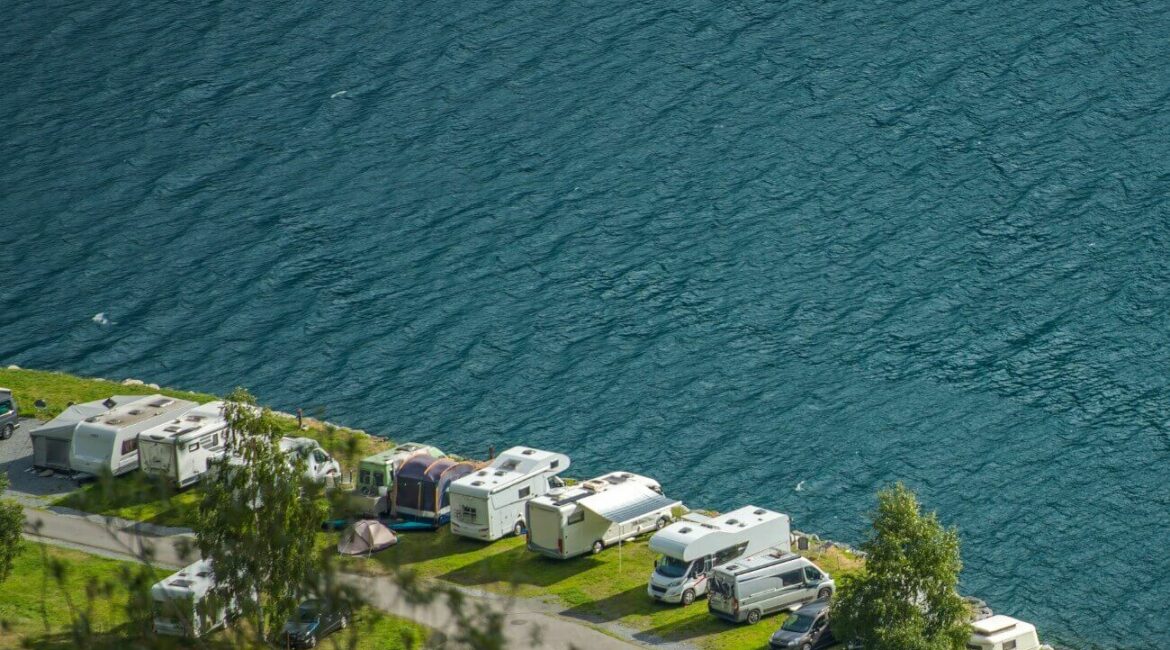Hey fellow adventurers, it’s Darren here! As someone who’s spent more nights under the stars, nestled in an RV, than in my own bed at times, I’ve encountered my fair share of camper issues. One of the trickiest problems? Replacing the camper floor. Trust me, it’s an art as much as it is a science. Let’s dive in and make sure you nail this repair, so you can get back to what you love—exploring the great outdoors.
Why Replace Your Camper Floor?
Over time, due to water leakage, heavy usage, or just the general wear and tear, camper floors can become soft, warped, or even rotted. Not only can this be a safety hazard, but it can also affect your overall RV experience. So, just as you wouldn’t want a rocky tent floor when camping, you shouldn’t settle for a damaged camper floor.
Step-by-Step Guide to Replacing Your Camper Floor
1. Gather Your Tools:
Ensure you have all the necessary tools such as a crowbar, circular saw, plywood for the new floor, screws, and other essentials before you start.
2. Remove the Old Floor:
Take out furniture and fixtures, if necessary. Then, using your crowbar, begin removing the damaged sections of your floor.
3. Check for Water Damage:
Before laying the new floor, ensure there’s no water damage or mold in the floor’s substructure.
4. Measure and Cut the New Floor:
Based on the size and shape of your camper, cut the plywood to fit perfectly. Remember, measure twice, cut once!
5. Secure the New Floor:
Using screws, secure the new floor onto the substructure. Ensure it’s snug and fits well.
6. Finishing Touches:
Consider adding a laminate or vinyl layer for extra protection and aesthetics.
Choosing the Right Flooring Material
When replacing your camper floor, it’s crucial to choose the right material not only for durability but also for your comfort and the RV’s overall weight. Vinyl plank flooring is an increasingly popular choice due to its water resistance, ease of installation, and lightweight nature. It can also mimic the look of wood or tile, adding a touch of style to your space. Another option is laminate flooring, which, while slightly heavier, offers durability and a wide variety of design choices. Remember, the flooring you choose should be able to withstand the fluctuations in temperature and humidity typical of RV life.
Insulation and Soundproofing
A key aspect often overlooked during floor replacement is the opportunity to enhance insulation and soundproofing. Adding a layer of insulation beneath your new flooring can keep your RV warmer during cold nights and cooler during summer days. This not only makes for a more comfortable living space but also helps in reducing energy costs. Soundproofing materials can minimize noise from the road or external environment, providing a quieter, more peaceful interior. Products like mass-loaded vinyl (MLV) or foam insulation sheets are popular choices and can be easily installed under your new flooring.
Professional Help vs. DIY
Deciding whether to DIY or hire a professional for your camper floor replacement depends on your skill level, the extent of the damage, and your budget. DIY can be a more cost-effective and rewarding option, giving you full control over materials and design. However, if the damage is extensive or involves complex electrical or plumbing systems, it might be safer and more efficient to hire a professional. They can ensure the job is done correctly and help prevent future issues. Plus, professionals can offer advice on the best materials and practices to extend the life of your new camper floor.
FAQ
How often should I replace my camper floor?
It varies based on usage and exposure to elements, but a good rule of thumb is to inspect yearly and consider replacement every 5-10 years.
Can I replace only a section of the floor?
Absolutely! If only a portion of your floor is damaged, you can replace just that section.
What kind of wood should I use for the floor?
Marine-grade plywood is a popular choice due to its durability and resistance to moisture.
How can I prevent future floor damage?
Regularly check for leaks, use quality sealants, and consider using protective floor mats.
And there you have it, my fellow campers! With a little patience and elbow grease, you can restore your camper’s floor and make it as good as new. Remember, it’s not just about the destination—it’s about enjoying the journey, and that includes the comfort of your camper. Safe travels and happy camping!
- A Chat with Nate and Mika, Christian Wedding Photographers - July 18, 2024
- Ultimate Guide To Playing Online Casinos - May 27, 2024
- Addiction Recovery Books Worth Reading - January 24, 2024









